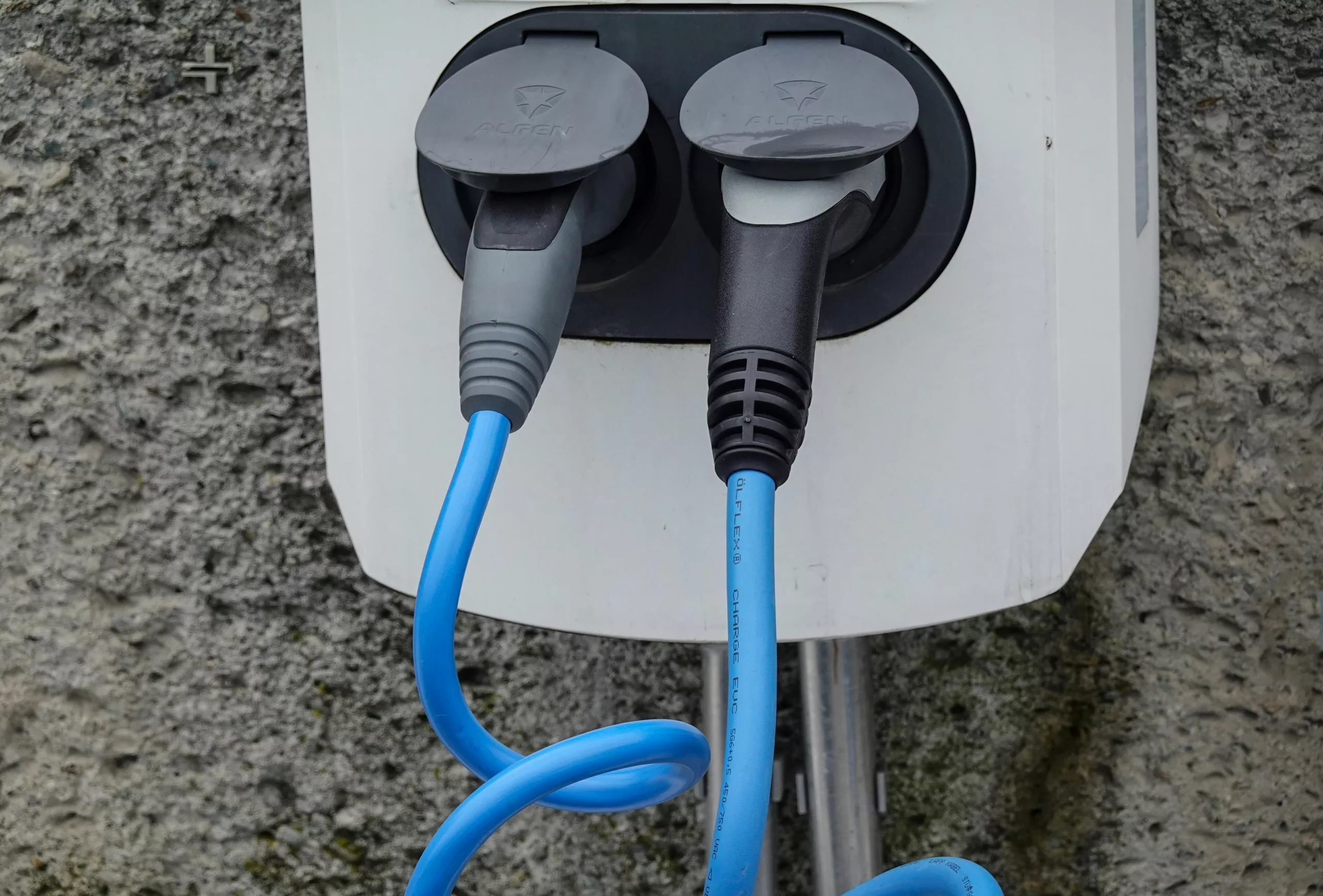In a significant step towards green logistics, Southern California is welcoming a pioneering facility dedicated to powering electric trucks. An electric truck charging depot, complete with 38 charging ports, is the newest addition designed to support the region’s ports and logistics hubs. This development also brings 50 cutting-edge electric vehicles from prominent manufacturers Volvo and Daimler into the fold.
California’s JETSI Project Driving Electric Truck Adoption
The opening of this charging station is an integral component of the Joint Electric Truck Scaling Initiative (JETSI) which reflects a collaborative effort at multiple government levels in California. The initiative’s central aim is the accelerated deployment of electric trucks, with a particular focus on assisting communities disproportionately affected by pollution. This facility is the latest phase of the JETSI project, following the inauguration of a 32-port charger by Schneider the previous year.
Electric-Only Trucking Future at the Ontario Hub
This charging and maintenance hub stands out as a first-of-its-kind establishment dedicated solely to electric trucks, excluding diesel vehicles entirely. Developed in conjunction with supply chain entity NFI and in collaboration with Electrify America and Southern California Edison, this groundbreaking project is strategically situated in Ontario, a warehouse and logistics nexus near Los Angeles.
The Heart of American Container Traffic
The adjacent ports of Long Beach and Los Angeles are critical arteries for the country’s containerized goods, handling more traffic than any other American ports. Together, these ports govern approximately 40% of all containerized imports into the United States.
Combating Pollution in Logistics Corridors
The immense flow of goods requires an equally extensive network of drayage trucks, which shuttle cargo between the ports and California’s Inland Empire, a region to the east of Los Angeles severely impacted by associated air pollution. This area suffers from some of the most polluted air across the United States, with logistics traffic being a significant contributor. Therefore, transitioning to an electric truck fleet is a high-priority mission for the California government. New regulations have emerged that specifically target these diesel drayage trucks, mandating that all new ones must be non-diesel as of the start of the current year.
Investments and Impact
Several public sources, including the California Air Resources Board and the California Energy Commission, have contributed $27 million to the JETSI project, supported further by various environmental and port authorities. This initiative is a hallmark of California Climate Investments, which directs cap-and-trade funds towards decreasing emissions.
Charging Technologies and Future Enhancements
The hub’s chargers promise impressive speeds, capable of up to 350kW, with significant combined capacity alongside advanced electric trucks such as Freightliner‘s eCascadia and Volvo’s VNR Electric. The plan also encompasses the integration of renewable energy and storage solutions with solar panels and battery systems to be introduced later this year.
Environmental Gains
Once fully operational, the JETSI project is expected to save approximately 5.5 million gallons of diesel equivalent and markedly reduce greenhouse gas and other pollutant emissions annually.
Electrek’s Insightful Perspective
The path to the charging depot reveals a stark contrast between the old and the new. Amidst the bustle of diesel trucks, the emergence of a modern, clean charging lot marks a refreshing sight, unravaged by the pollution associated with diesel engines. Though a significant step, this facility represents a single stride in the larger journey to widespread electrification. It’s important to recognize that while this project is an important milestone, many more like it will be necessary for full-scale air quality improvement in affected regions.
